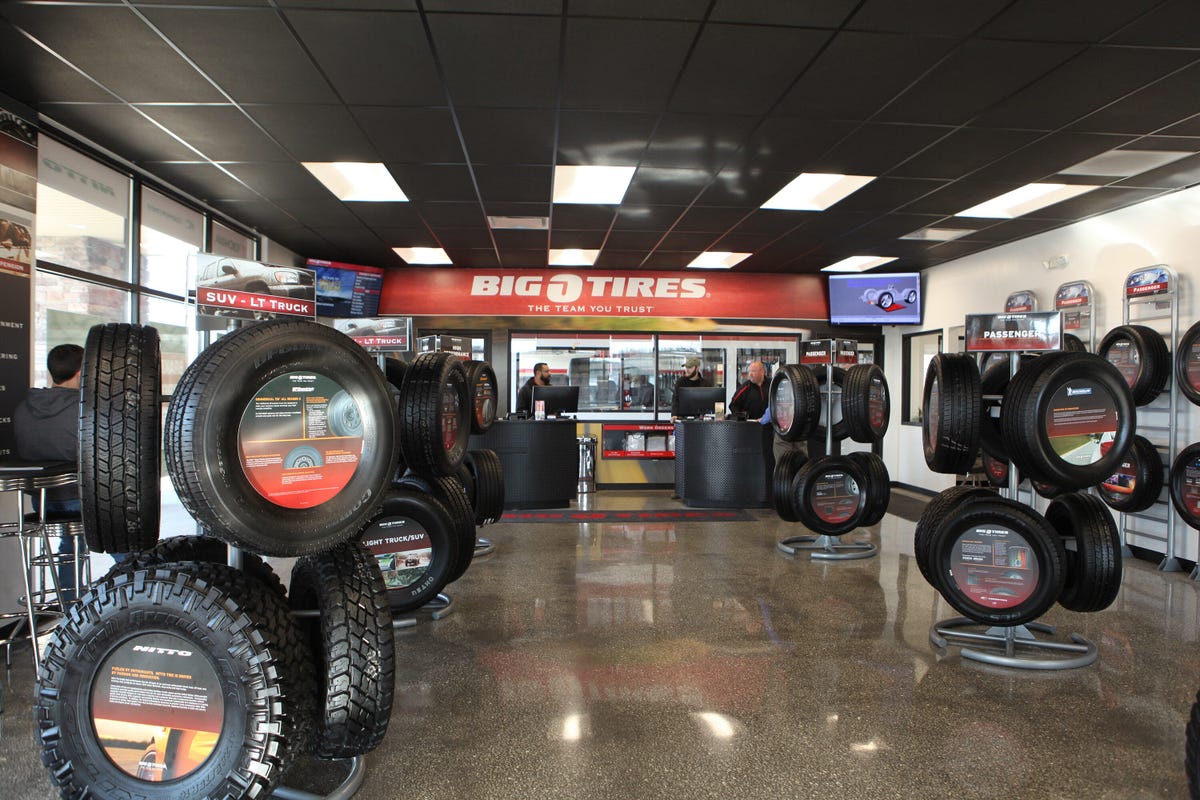Tire Service: Recognizing Tire Pressure Monitoring Solutions
Recognizing Tire Pressure Surveillance Solutions (TPMS) is an essential facet of maintaining optimum automobile performance and safety on the roadway. With improvements in automobile technology, TPMS has actually become a basic attribute in modern-day cars, giving real-time info on tire stress levels.

Significance of TPMS
The importance of Tire Stress Surveillance Solutions (TPMS) hinges on their capability to improve car safety and efficiency with real-time surveillance of tire pressure degrees. Preserving the right tire stress is important for ensuring ideal handling, braking, and total safety of an automobile. TPMS gives motorists with prompt feedback on any overinflated or underinflated tires, permitting timely adjustments to be made.
Components of TPMS
Comprising numerous essential elements, a Tire Stress Tracking System (TPMS) operates as an advanced safety and security attribute in modern cars. The primary components of a TPMS consist of sensing units, a control module, and a warning sign. Sensing units are commonly located in the tire shutoff stem or connected to the wheel assembly, where they measure tire stress and transfer data to the control component. If it discovers significantly low stress in any of the tires, the control component processes this information and causes a caution. The caution sign, typically a symbol on the control panel, signals the driver to examine the afflicted tire or tires. Some progressed TPMS versions additionally display the actual tire stress readings for every tire, providing motorists with real-time details to make sure optimal tire performance and safety. By keeping an eye on tire pressure constantly, TPMS helps protect against mishaps, lowers tire wear, and boosts fuel performance, making it a vital component for vehicle safety and security and performance.
Kinds of TPMS

On the various other hand, indirect TPMS depends on the lorry's wheel rate sensing units to keep an eye on tire stress. This system detects underinflation by comparing the rotational speeds of the wheels. Indirect TPMS is less expensive than direct TPMS, as it uses existing sensing units within the car.
While straight TPMS provides a lot more exact analyses, indirect TPMS is simpler in design and commonly requires less maintenance. Both systems have their benefits and restrictions, and the selection between them typically depends on aspects such as cost, vehicle make, and individual choice. Comprehending the differences in between these 2 sorts of TPMS can help vehicle proprietors make notified tire shop morris decisions pertaining to tire upkeep and safety.
TPMS Maintenance Tips
Conduct routine checks on the tire pressure degrees Source and contrast them with the TPMS readings to ensure they are consistent. During tire turning or substitute, make sure that the TPMS components are dealt with meticulously to protect against any kind of possible damages. If the TPMS alerting light brightens on the control panel, resolve the issue immediately by inspecting the tire stress and the overall system for any type of mistakes.
Advantages of Proper Tire Stress
Preserving appropriate tire stress, as emphasized in TPMS Upkeep Tips, is vital for gaining the many advantages connected with optimum tire pressure levels. One of the key advantages of maintaining the right tire pressure is enhanced fuel performance. When tires are effectively pumped up, there is much less moving resistance, leading to better gas economic climate. Additionally, correct tire pressure ensures also tire wear, expanding the life expectancy of the tires and promoting safer driving problems. With the appropriate tire stress, vehicles additionally have better handling and traction, particularly in adverse weather. This can improve overall driving efficiency and security for the driver and travelers. Preserving optimum tire pressure can contribute to a smoother and a lot more comfy adventure by reducing vibrations and noise triggered by underinflated tires. Finally, the benefits of appropriate tire stress exceed just tire durability; they encompass improved fuel efficiency, improved safety, much better car efficiency, and general driving convenience.
Verdict
To conclude, recognizing tire stress tracking systems (TPMS) is important for maintaining optimum tire stress and guaranteeing vehicle safety. By identifying the importance of TPMS, being familiar with its components, knowing the different kinds offered, adhering to appropriate upkeep pointers, and recognizing the advantages of preserving appropriate tire pressure, drivers can improve their driving experience and prolong the life-span of their tires. Proper tire stress is key to reliable and safe lorry operation.

Comments on “Trust Fund Morris Tire and Alignment for Professional Service and Treatment”